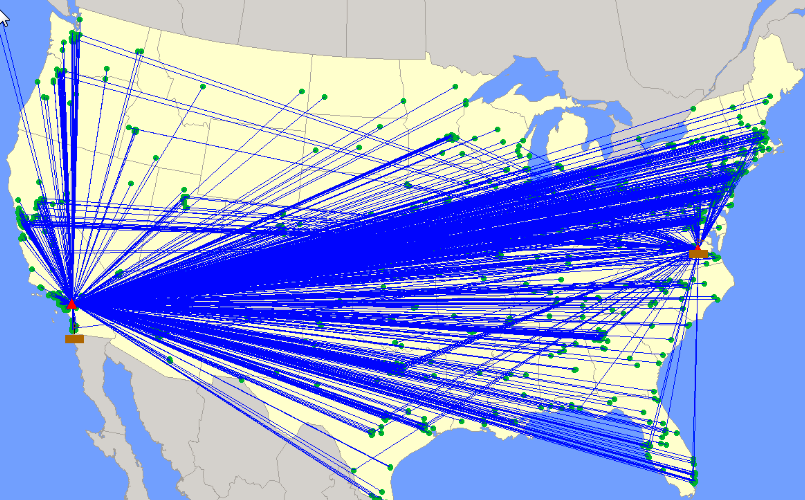Commercial network design tools (like IBM’s ILOG LogicNet Plus XE) hide the math formulations behind an easy-to-use interface and take care of the sophisticated solve automatically.
This is how it should be. You don’t want to think about the math when doing a project like this. You want to successfully complete the project.
However, in the book, we cover some of the math behind these problems. Why do we do this?
- To Help You Build Better Models. You don’t need to write the math on your own or go into the details of how the solver works. But if you understand the math, you will be better able to set up models to do what what you want them to do.
- To Help You Understand What Might Be Hard vs Easy. If you understand the math, you will understand what may make your model hard to solve.
- To Help You Validate the Results. Generating a solution to a network design problem requires an understanding of Mixed Integer Programming. But, with commercial software, you are presented results. By understanding the math, you will be able to validate the results and make sure the solution is valid. This allows you to better manage projects and ensure good results.


